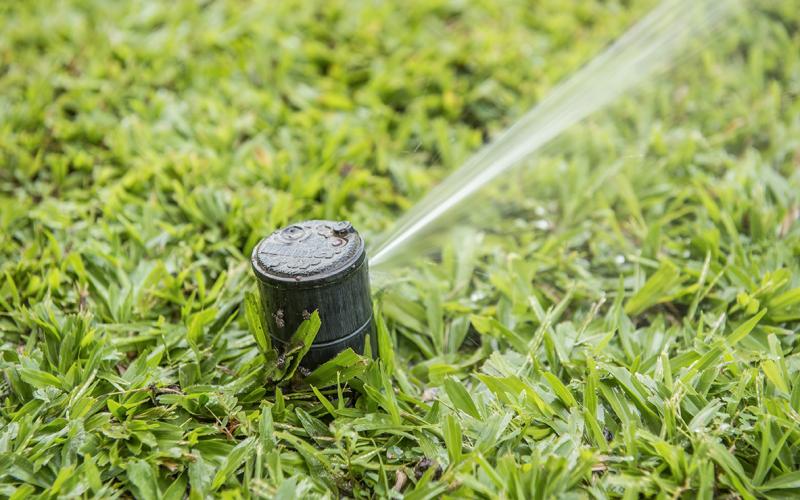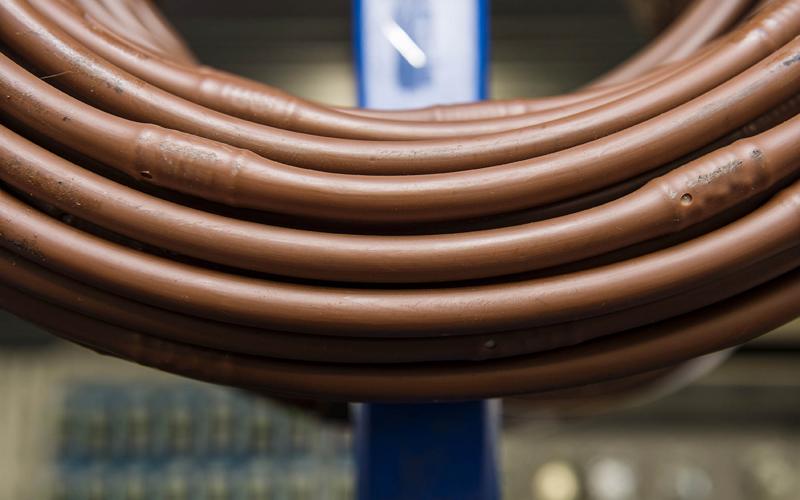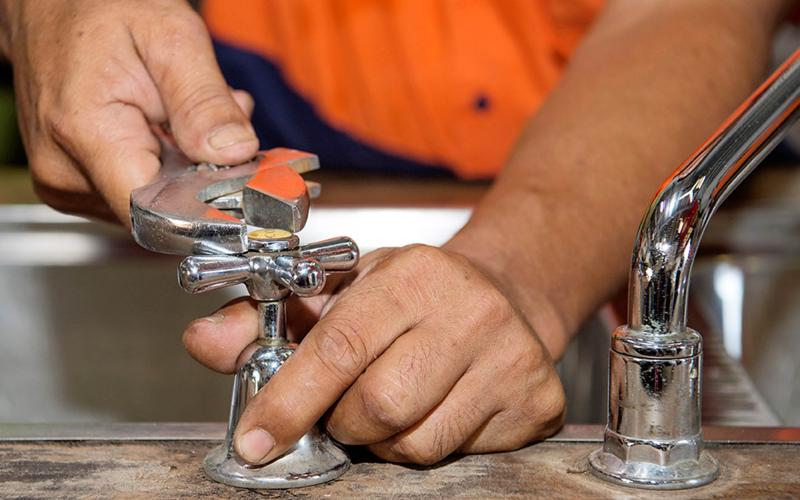2018 Darwin Wet Season Wrap Up
1 May 2018
What do 2018's Cyclone Marcus and 2011’s Cyclone Carlos have in common? Practically nothing, if you are measuring the amount of rain that fell in the Darwin River Dam catchment area.
With the 2018 Wet Season officially over, it is worth taking a look back to see what happened with rainfall and storage in our Dam, the outcomes might not be what you expect. What implication does this have for us this Dry Season?
The Darwin River Dam filled and spilled this year; in fact it spilled for a total of 69 days and we saw the earliest ever, full storage date of 29 January since the dam wall was raised in 2010.
As of today, the first day of the dry season, the Dam is registering as 98% full, or 12cm below the spillway. That amount of drop usually takes around two weeks during the dry season due to things like water use and evaporation. So as far as the Dam is concerned the dry season began two weeks ago.
At 98% you could be forgiven for thinking that there is plenty of water to go around this dry season, in fact you may think that it’s fine to start watering your beloved tropical garden every day and for however long you want! But the truth is that in Darwin we are currently using more water than can be captured and supplied in the long term so it’s important that we are actively reducing our water use, even after the big wet seasons.
In the eight years since the Dam wall was raised to current level, the Dam has filled and spilled five times – this year being one of them. It was not thanks to Cyclone Marcus however but rather the intense monsoon we experienced at end of January which filled the Dam within 30 hours with a peak of 27cm over the spillway. Even Cyclone Carlos in 2011 took 50 hours for the same volume and achieved a peak flow of 50cm over the spillway.
In Fact, thanks to Cyclone Carlos the Dam spilled for 64 days in 2011, ending on 21 April, still the latest wet season date that the Dam stopped spilling. Even with Cupid giving us an extra boost on Valentine’s Day this year when a localised storm sent levels above the spillway, the Dam still stopped spilling on 8 April.
So you can see it is all swings and roundabouts from year to year. We never know how much rain we are going to get, what part of the wet season we will get it, or even whether it will fall in or out of the Dam catchment.
That’s why reducing our dry season usage is so important as we can influence how low the Dam level gets at the end of each dry season.
How soon or late the first rains arrive affect how low the Dam level gets and hence how much rain we need to get back to full level. Late rain and a poor wet season could see us three metres below the spillway at the end of the next year – which happened at the end of 2013. String a few ‘bad’ wet seasons together and Dam levels could get very low triggering water restrictions. This would then need a couple of decent monsoons to recover from – and these are never guaranteed.
This unpredictability compromises our water security in the long term. So, as a community we need to work together to reduce our water use so that our Dam levels don’t drop too low and we always have enough up our sleeve for a ‘non-rainy day’! Did you know that in Darwin we use about 70% of household water in the garden and it’s the area we can make the most savings? Let’s start with reducing our irrigation this dry as we all do our bit to save water. It’s part of our future.
Here’s a look back at some of those ‘low storage’ years:
2013 – 3m below full
2006 – 4.6m below full
1992 – 5.8m below full
1988 – 6.4m below full
Rainfall facts during the 2017/18 wet season (source Bureau of Meteorology):
- The 2017/18 wet season was average – there were no overall wet season records broken
- Wet season rainfall was well above average in the northwest Top End
- Total rainfall for Darwin Airport was 2003.8mm, which is around 20% higher than the long-term average of 1684.4 mm
- Territory-wide, both daytime and overnight temperatures were warmer than usual, especially during October and April
- The monsoon arrived on 21 January, much later than the usual onset in late December, and brought some record daily rainfall to some Top End locations.
- Records for highest January total rainfall were broken for many locations including Humpty Doo, Stokes Hill, Darwin River Dam, Centre Island and Jabiru



